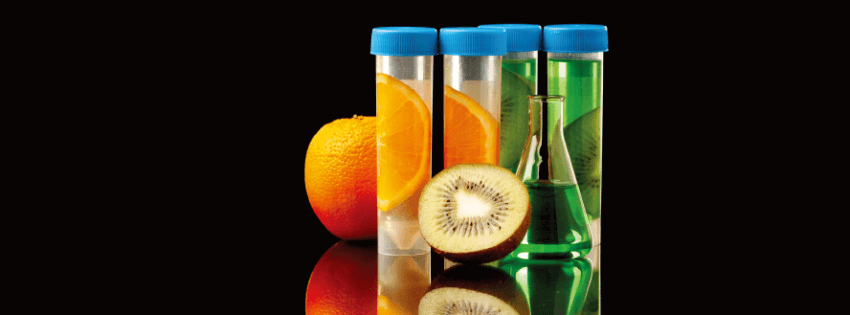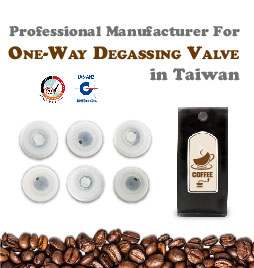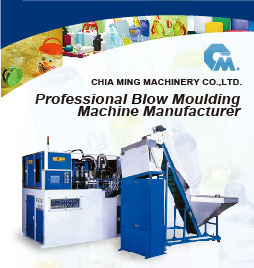SENSES IN FOOD

Behind every food we put in our mouths there are multiple procedures to make them appetizing and of good quality for consumption. One of them is sensory analysis, which is recognized as one of the most important ways to ensure consumer acceptance of the food. Based on this analysis, companies design their products. ● Juan Thuemme (*)
(*) Flavorist of Etadar by Deiman.
Why should a sensory analysis be used and done in the food industry? Flavor houses should be guided by sensory analysis especially when it comes to creating new products or when there is not yet a certain sensory experience. For this purpose, we are looking for a focus group whose main objective is to develop what is known as Quantitative Descriptive Sensory Analysis (QDA), a test that allows us to obtain a complete description of the sensory characteristics of a product.
The QDA, shows us through a graph where all the trends are, tells us how mature the product is, and allows us to identify the notes to define the flavor. Each note is represented by aromatic chemicals. The QDA can be considered as the first step when characterizing a product, providing its own terminology that defines it.
In view of the lack of knowledge, one could think that the sensory analysis of food is a somewhat subjective science, since there is a tendency to believe that we let ourselves be carried away by the senses and by what we really like or do not like. However, each sense turns out to be the instrument that provides valuable and specific information.
There are some universal terms for the classification of the sensory attributes of foods and others particular to specific areas. Sensory properties are the attributes of food that are detected by the senses and are therefore the appearance, color, aroma, taste and kinaesthetic or textural properties.
Technological methodology
Sensory chromatography* is a method used by all flavorists that basically consists of taking the flavor and equalizing it, which allows identifying the composition of a flavor. It has to do with saying: "I want this taste, but now with certain characteristics." It is a work of equalization where there is no free creation. With this model, four thousand 500 flavors can be created for the culinary, meat, confectionery, bakery, dairy, and seasoning sectors, as well as for beverages at the national and global levels.
The first part of the sensory chromatography is that you must have a trained person, who must smell the flavor, make a description, and detect what is called the volatiles. This part is called the headspace of the flavor, but this is only one part, because it is then followed by the next phase, which is to dilute the flavor, whether it is a concentrate, a base or essence.
For example, if it is a base it must be diluted, or else it will burn the tongue when testing a base chemically, as it is very strong. Then it is necessary to make a dilution to 1% in alcohol that is generally the first part of the study, this is tested in syrups, both pure water with sugar at 7% and in cold and hot water with salt at 0.5%. The flavorist who is going to duplicate in a first division is going to detect the most important chemicals that are known as "key", and those are noted in the first 1% dilution in all solutions (water, water with sugar, water with salt and water with sugar and acid), then the flavorist has to define those chemicals that are the most important.
In this way, another dilution is made at 10% in the same conditions where the flavorist tries again and detects others that did not come out in the first. This is the second step of the sensory evaluation. Then comes the third dilution, where the little ones will come out in the same conditions, but there are flavorists who have so much perception that they detect the little notes that are the most difficult. This is what sensory chromatography is all about, a model that duplicates flavors from those already existing in nature such as strawberry, pineapple, orange, lemon, among others, by fragmenting their chemical composition, equalizing their characteristics and successfully duplicating their flavor.
Perceiving and equalizing flavors
Once you have the first, second and third dilution, the flavorist begins to taste the concentration in which it will be applied and that will be tested. Then, at his discretion and from the analyses he begins to build the skeleton of flavor on trial and error. The flavor is created once the volatile notes are identified.
Once assembled, the flavorist applies it one by one to the product he was given to match. Then it goes to a panel of people where preference tests are made, or if it is an equalization, then it is a sensory test of three samples, two of them are separated and the one of the flavorist or they can be the one of the flavorist and two of the client, and this is known as a sensory discriminative test that goes through 20 or 30 people depending on the project.
But how do you innovate in a new flavor? Today, flavor combinations are a trend and mixtures are explored that might seem unthinkable, but which are compatible by their chemical composition.
In that line, a collection** was developed based on the comparison of the volatile aromatics of all fruits, food and everything that human beings eat. In this case, the creative flavorist begins to study which fruits are the most similar chemically. For example, tangerine and banana have 30% of similar chemicals, but there is also the pitahaya, and why not join them in such a way that they fit together? This is called "assembly."
With this methodology it is achieved that a food doesn't know neither one nor the other, but when joining the chemicals it is promoted and something that we call Tune is presented, a neurological effect with which the brain is activated, that is to say, it is achieved that it is confused, it reacts and it begins to change of attitude, either favorable or unfavorable.
What is the advantage of tuning in and identifying the similarity of aromatic chemicals? Combining them with a mixture of flavor, but with neurological purposes, that is to say, it is a combination that brings neurological bases, this means that if it is combined without this technology (for example, chocolate with lime) nobody is going to eat it, and it becomes a destructive tuning unpleasant to the palate. Therefore, the flavors must be chemically compatible.
Based on a chemical analysis, a list of the molecular flavors that make up food is established. The development of this methodology allows the creation of unimaginable flavors through the fusion of ingredients never before combined in this way.
But what kind of ingredients have similarity between them? We can know through proven studies. There are over 300 volatile compounds in each fruit, all of which are recorded. For example, kiwifruit has ethyl acetate and exenyl acetate, and this is what makes both kiwifruit and strawberry enjoyable, but in different proportions. If the compounds of these two fruits are combined and it is achieved that from the flavor those predominant notes come out, then there will be aromatic synergy.
Once you have the product or flavor, the second part follows and consists of knowing what category of products would be added (drinks, milk drinks, ice cream, gum, jellies, etc.). It works in all of them, but there are others that are more convenient to apply.
Flavor enhancers
To generate sensory experiences and rich flavors for the palate, a process called esterification has been found, although it is still in the experimental stage. What is esterification? As its name indicates it is the combination of the volatiles of a fruit or a natural food by means of a reaction synthesis by which the food combines and forms esters, which is a volatile but already captured in a form of aroma.
Those ethers come from the fruit, however if it is not esterified it becomes very weak and you could not make a flavor with pure extract, then you have to enhance it because a flavor is not going to be eaten like a fruit. A fruit has the right flavor, but a flavor does not, so one of the methodologies is to esterify the volatiles to obtain natural and enhanced flavors.
Hence, the challenge is to be able to duplicate. Nowadays, food is no longer enough, because how much coffee is needed to give to a whole country? We can talk about dairy, how much casein can be fed to them? The consumer however demands his cream or goat cheese.
The trend is to perfect the virtuality of flavor, based on advanced sensory studies to achieve congruence with the brain because there are flavors that we eat by necessity, because when we taste a strawberry, its flavor is natural, but when we try strawberry-flavored products we realize that it is not a real strawberry. Then you have to synthesize, bring out the closest thing to nature so that there is brain congruence and get the consumer to trust the food. This is a challenge for the taste, which is achieved with the scientific advance.
They are developing chemicals again in the world, there are molecules day after day that do not exist today, but a molecule is already developed for tomorrow that is in the strawberry, and that had never been able to synthesize. There is a challenge to continue synthesizing and creating.
Likewise, one of the trends is to find exotic, diverse and versatile flavors. How to achieve this? With the methodology* you can look for the similarity of a fruit with another to achieve a third, and the latter would be the innovation. By combining perhaps a chili with a fruit you can achieve something more exotic because both are similar, without the need to bite. This is the goal and the trend.
* Refer to the technological development of the Deiman Creative Center headed by Engineer Juan Thuemme, a model of sensory chromatography that has the capacity to create 4500 flavors for the culinary, meat, confectionery, bakery, dairy, seasoning and beverage sectors both nationally and globally.
** Refer to the new collection called Sintonía (Tune) created by the chemist Juan Thuemme Canales. The name comes from the ability to achieve a balance between two or more ingredients and thus obtain mixtures with great acceptance. It is characterized by unthinkable flavors that are extraordinary. This development is obtained thanks to the technology of a chromatograph and the analysis of chemicals that make up each flavor.














